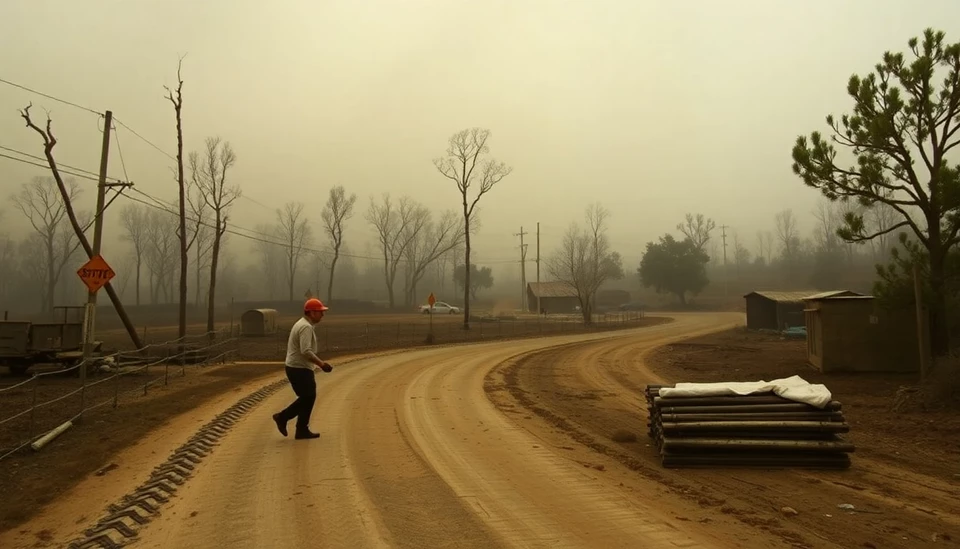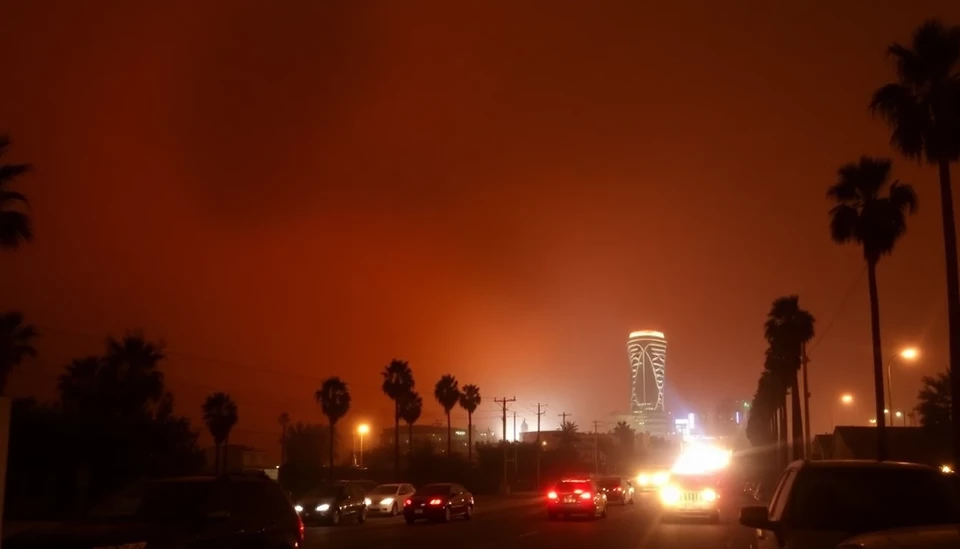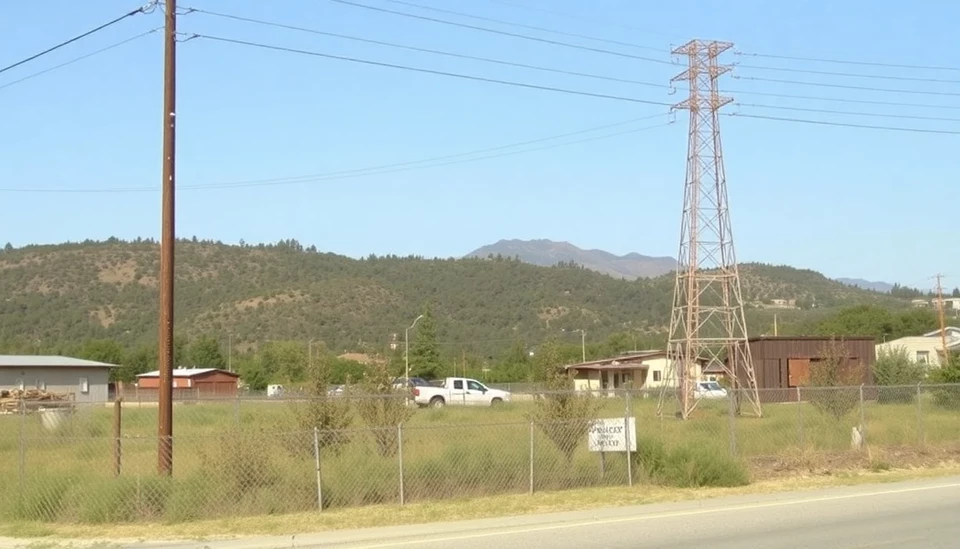
In the wake of devastating wildfires that ravaged Los Angeles County, an urgent and unprecedented effort is underway to remove hazardous debris from affected areas. Local and federal authorities are sprinting to meet a looming deadline set by former President Donald Trump, which has prompted an accelerated pace of cleanup operations. The deadline is not merely a bureaucratic measure; it signifies a critical response to safeguard public health and restore the beleaguered region.
The wildfires, deemed among the worst in recent history, unleashed unparalleled destruction, consuming thousands of acres of land and leading to widespread damage to homes and infrastructure. Alongside the immediate devastation, the fires also left behind a toxic legacy, including hazardous materials such as asbestos, heavy metals, and chemical residues from both property destruction and firefighting efforts.
As the cleanup campaign progresses, Washington has insisted on a structured timeline that has ramped up pressure on local governments to expedite their processes. The Trump administration's involvement underscores a push for federal resources to aid in recovery efforts, but it also raises questions about the capabilities of local agencies to manage such a monumental task under intense scrutiny.
One of the most pressing concerns during this cleanup phase is ensuring the safety of both workers and residents. Safety protocols are being implemented rigorously, as the toxic remnants of the wildfires pose significant health risks, especially to vulnerable populations. Environmental specialists are aiding in the assessment of affected sites, identifying hazardous materials, and advising on best practices for safe removal.
In addition to the immediate health implications, the community faces longer-term environmental challenges. Experts are warning that careful attention must be paid to soil and water contamination in the aftermath of the fires. With the approach of winter rains, there is a heightened risk of toxic runoff into rivers and streams, potentially harming local ecosystems and water supplies.
As cleanup crews work tirelessly to meet the deadline, community members remain vigilant and engaged. Town hall meetings and public forums have been organized to address residents’ concerns, prioritize transparency, and educate the public about ongoing efforts. Community leaders emphasize the necessity for long-term recovery plans that consider not only immediate debris removal but also sustainable rebuilding practices to mitigate future wildfire risks.
As the frantic pace of cleanup operations continues, the stakes remain high for both public health and environmental integrity. The confrontation with the toxic aftermath of the Los Angeles wildfires serves as a crucial reminder of the need for resilient infrastructure, community preparedness, and a collective commitment to environmental stewardship. The outcome of this cleanup effort will shape the future of Los Angeles County for years to come.
As the deadline approaches, it is clear that the urgency felt by local authorities and residents alike will leave a profound impact, not only on this fire-ravaged region but potentially on wildfire response strategies nationwide.
#LAWildfires #ToxicCleanup #EnvironmentalSafety #PublicHealth #WildfireRecovery #LosAngeles #CommunityAction
Author: Peter Collins

